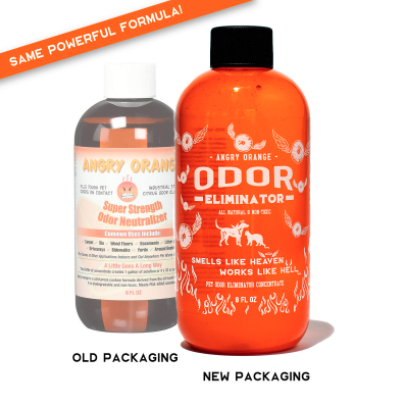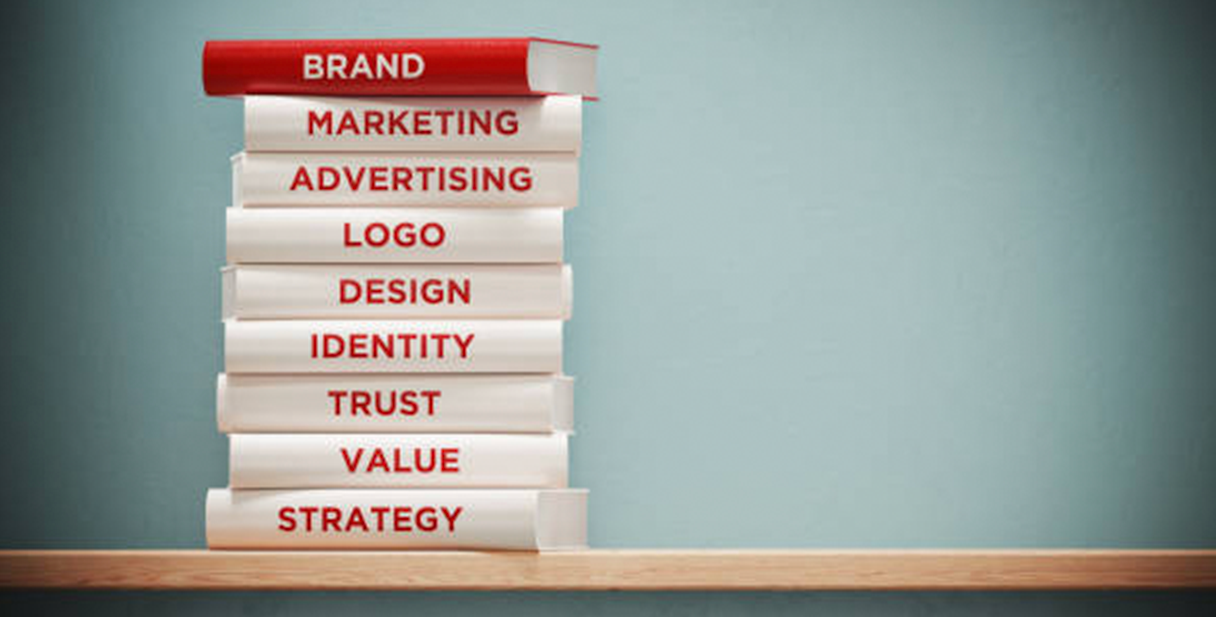How to Develop Data-Driven Branding in Amazon FBA Listings
March 1, 2021 Jenna Craig
A comprehensive brand strategy is a powerful tool. Amazon sellers tend to think of Creative as a small part of building out a listing which, frankly, is why the bar is so low.
In the ecommerce space, creative work is often under-prioritized. Widgets and software may seem to have a more easily measured value over polished copy and sleek graphics. But, branding can be quantified, you just have to collect the data.
Recently, in an episode of Private Label Live, Tom Wang talked extensively branding was essential to his product’s success. One of the viewers typed in the Zoom chat, “enough of the branding fluff.” Like many sellers, they were looking for a simple hack to gain rank, 5-star reviews, and margins. But Tom Wang was quick to assure us branding is the hack.
Good branding is a hell of a lot more than typography and color palettes—it’s the story of your product and how it fits into the consumer’s life. We talk in-depth about storytelling and optimization here, but this blog is about convincing you that the implied value of branding can be proven by your listing’s performance.
For sellers who see branding as mere “fluff”—it shows. And not just to other creative-types.
Traditional shopping has always been an exercise in quickly winning a shopper’s trust in a product, but online shopping takes away the customer’s ability to touch, smell, and get a real feel for a product. As a seller, you need to bridge the gap by showing the customer exactly how this product fits into their lives and solves their problems. Branding is about the customer, not the product.
It’s not just about bold color choices, either. Copy tells the story of what your product does and how it fits into a potential buyer’s life. Good copy solves a customer’s problem, and stellar copy solves a problem they didn’t even know they had before seeing your product.
But what if your Creative isn’t even doing its basic job of demonstrating your product accurately? You can tell by your Q&A section and your negative reviews what part of your listing loses your customer. But those are just the shoppers that took the time and effort to write to you.
Consider the shoppers who don’t understand if your product works or trust the color options because of a cheap-looking rendering. Think about how much money you’re losing on returned inventory because people are purchasing your product and finding it isn’t what they thought it was. People don’t buy stuff when they’re confused, so it’s your job to ensure your listing communicates your product’s features and benefits.
Investing in a new branding strategy might not seem like the boldest, most innovative move, but it does play into the flywheel effect, driving revenue in a big way.
Here’s Thrasio’s associate director of copy Forest Lee talking about the impact of storytelling in branding and marketing:
The price of doing business
In some cases, you can even charge more for products that have good, trustworthy branding—especially in categories where quality or perceived luxury adds value (like wellness and beauty). Raising the price of your product is yet another differentiating factor from your competition. It signals your product is of higher quality than other brands in the search results, especially when you’re well ranked.
Creativity meets capitalism
When you invest the same expert support in your branding as you do, say your PPC strategy, you elevate your products in your customers’ eyes from a risky purchase to a legitimate brand.
A refined brand not only grows your business on Amazon but makes the transition into new markets easier. D2C is highly competitive, and premium branding is essential to success. In our blog about improving Amazon Listings (linked above), we encouraged sellers to hire professional marketers to craft your branding. Resist the temptation to hire your cousin who knows photoshop and write the copy yourself. We hear this from a lot of successful FBA sellers on Private Label Live, like Tom Wang and Mina Elias who say that hiring professional creative agencies to create their branding gave their business a layer of legitimacy (and therefore conversion) they couldn’t have achieved on their own.
How we know it works
We measure our success by tracking a listing’s conversion rate before and after any changes are made—creative or otherwise.
Small changes in listing photos, adding videos, and copy choices have driven up conversion rates in many of our major brands.
How We Do It
1. Create a Hypothesis
Start by identifying what you’re looking to achieve. For example:
• Increase in conversion rate
• Increase in sessions
• Improve rating
Take note of the metrics before considering any changes, and then make an educated prediction on how those metrics should be affected by whatever creative updates you’ll be applying to your brand. Remember, you aren’t just collecting data for data’s sake. These metrics are telling you something qualitative about your business. You’re using these numbers to tell you whether the more subjective or qualitative parts of your business are working correctly. Branding builds trust, instills confidence in the quality of the product, and confirms the viability of your small business—all of these qualities increase conversion rates, sessions, and ratings.

Angry Orange’s creative refresh increased conversion by 26% and sales volume by 46% within 20 days of updating listing images on Amazon.
Marketing is an exercise in repetition – taglines and design elements bring every aspect of your into one cohesive thought. That consistency tells a story both on the surface and sends a subliminal message that builds trust with your audience.
As an Amazon seller, there’s more data about your customers than you may think is available to you. Look over your reviews (both good and bad) as well as the reviews of your top competitors.
Hone in on the following:
• What do shoppers like about your products?
• What don’t shoppers like about your products? (i.e., what makes them buy something else?)
• What do shoppers like about your competitors’ products?
• Where are your competitors falling short (and therefore where your product can deliver)?
Look at your competitors’ ads (both on Amazon and other channels like Facebook or Google). Identify why someone would skip over your product or ad in the search results.
• What makes them hesitate?
• Does your listing or your ad convey quality?
• Does your ad make your products look well made and durable compared to similar products?
• Does your ad assure customers that your product is worth their hard-earned money?
Once you identify what’s lacking, or in corporate-speak terms, your “opportunities for improvement,” you can form your hypothesis.
Example: If we add packaging to the MLP, we can increase sessions by 20%.
2. Research
What do you need to communicate to the customer? What will your changes look like? Often, realizing you need to add packaging to the MLP is just the start.
Leverage the research you did on your competitors to dive into what’s on-trend outside of your particular niche. Think beyond what will update the brand to what will walk the line between being in vogue and what stands out among other content.
3. Testing
There’s more than one way to test your Creative. We use PickFu and Splitly to gain insights into consumer reactions to our creative updates.
PickFu is no-risk. You can run a PickFu test on your updated photo against the original image, against your competitor’s photos. You can even include pricing and review scores and customize to devise what is influencing customers’ decisions.
Keep tweaking and testing until your updated creative lands on a clear winner. You can test individual images, packaging, or even a group of listing photos.
For A/B testing, you can use Splitly to collect data based on either profit or conversion rate automatically. Because it runs live on Amazon, the results take 1-2 weeks, so keep that in mind.
Now, you can conduct A/B testing for MLPs directly from your Seller Central account.
4. Launch
Keep a detailed record of any changes you’re making to your listing. For each update from SEO changes to PPC, tracking potential influences to your listing is essential.
Note the following:
• Date
• Time
• SKU/ASIN
• What was changed
5. Follow up
Over the next few months, continually follow up on your listing. If you’re gaining in rank or conversion rate, you’ll be able to track it back to the exact date and time you made those changes. You can even calculate revenue growth and compare it to what you invested in the updates for overall profitability and margin calculations.
We’ve all heard it: you’ve got to spend money to make money. Spend on your branding, and you’ll elevate your product’s rank and potentially even increase margins and profitability. For more insights on branding and operating FBA businesses from real sellers like you, check out our weekly series Private Label Live.
 EN
EN  CN
CN DE
DE EN
EN JP
JP

